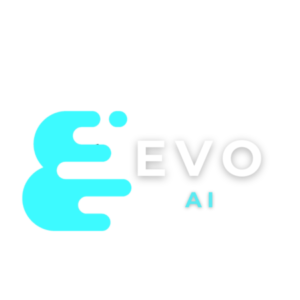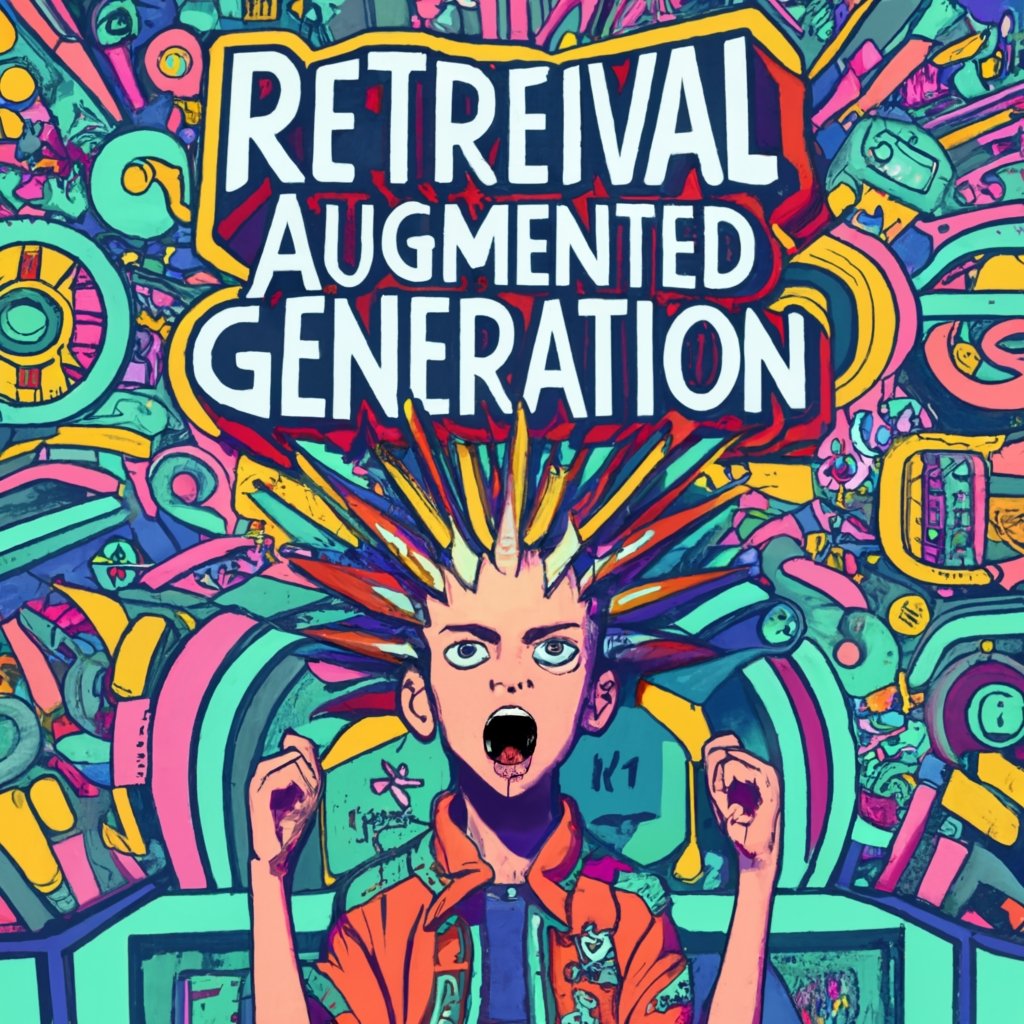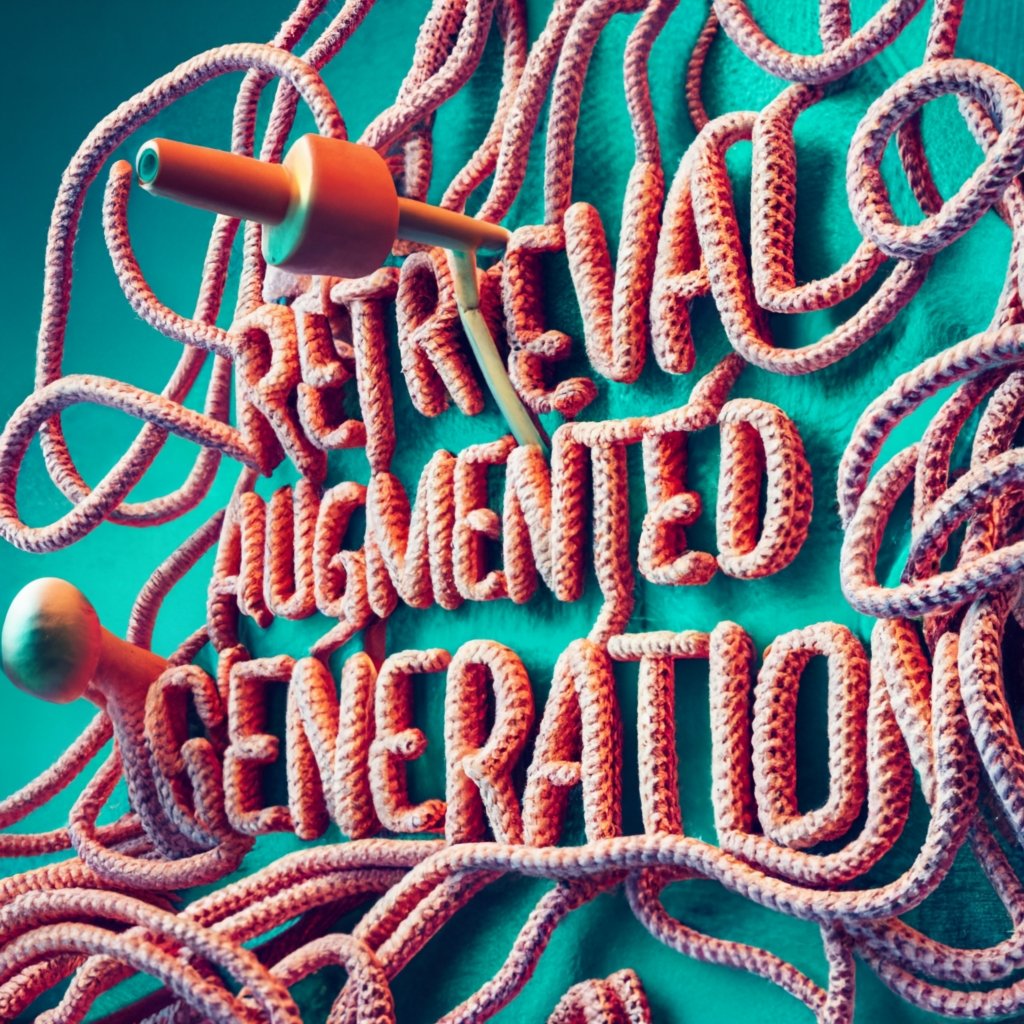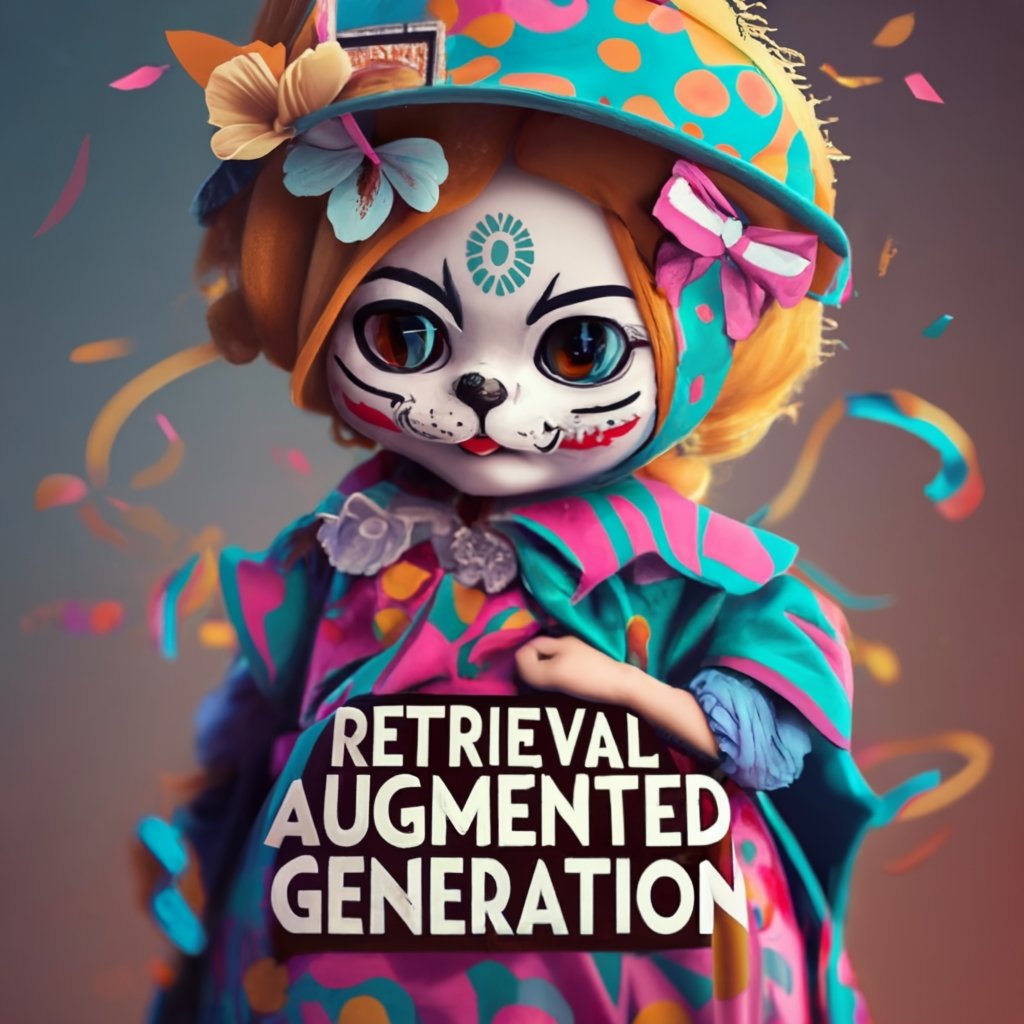
Retrieval-Augmented Generation (RAG): A Comprehensive Overview
Introduction
Artificial Intelligence (AI) has been a transformative force across various industries, with its applications revolutionizing sectors from automation to predictive capabilities. One of the most groundbreaking innovations in the AI landscape is Retrieval-Augmented Generation (RAG). This technique has significantly enhanced the capabilities of Large Language Models (LLMs) and has emerged as a transformative approach to generating and interacting with text.
Understanding RAG
RAG is an innovative approach in the realm of Natural Language Processing (NLP). It signifies a paradigm shift in AI, merging the capabilities of information retrieval models with the power of natural language generation, typically leveraging tools like LLMs. This synergy has led to the emergence of a transformative approach to generating and interacting with text.
Origins and Evolution
The inception of RAG was marked by a seminal paper published by researchers at Facebook in 2020. This method integrated two types of memory – one representing the model’s prior knowledge and another acting like a search engine to access and utilize information in an intelligent manner. RAG outshone other models in tasks requiring extensive knowledge, like question-answering, and in generating more varied and accurate text.
Significance of RAG in NLP
The role that RAG plays in NLP is indispensable. Traditional language models, especially the early ones, could generate text based on the data they were trained on but often lacked the ability to source additional specific information during the generation process. RAG efficiently fills this gap, creating a bridge between the vast capabilities of retrieval models and the text-generating prowess of generative models such as Large Language Models (LLMs).
The Symbiosis of Retrieval and Generative Models
The operational mechanics of RAG are underpinned by a synergistic combination of retrieval and generative models. The retrieval model functions like a specialized ‘librarian’, selecting relevant documents or passages from a large database that could potentially answer a given query. Following the retrieval phase, the selected documents along with the original query are fed to the generative model, which functions like a ‘writer’, processing the input and delivering a final output.
Key Elements and Advantages of RAG
The RAG model comprises two main components: the retrieval model and the generative model. These components can be configured variously and fine-tuned depending on the application, making the RAG model an incredibly flexible and powerful tool. RAG’s versatility extends across various applications like real-time news summarization, automated customer service, and even complex research tasks that require understanding and integrating information from multiple sources.
Technical Implementation of RAG with LLMs
To truly grasp the essence of Retrieval Augmented Generation (RAG), it is crucial to delve into its technical implementation. Large Language Models (LLMs) form the backbone of RAG, which utilizes intricate processes, right from data sourcing to the final output. This section unravels the mechanics of RAG and how it leverages LLMs to execute its powerful retrieval and generation capabilities.
RAG
Data Source and Preparation The foundation of any RAG system is its data source, typically comprising a vast corpus of text documents, websites, or databases. This data serves as the knowledge reservoir that the retrieval model scans to find relevant information. Ensuring diverse, accurate, and high-quality source data is vital for the optimal functioning of the model. Preparing this data, which involves cleaning, preprocessing, and organizing it, is a pivotal step in the RAG implementation process.
Data Chunking and Embeddings
Before the retrieval model can search through the data, it’s usually divided into manageable “chunks” or segments. This chunking process ensures that the system can efficiently scan through the data and enables quick retrieval of relevant content. Following this, the textual data undergoes a transformation into mathematical vectors via a process known as “embedding”. These vectors encapsulate the semantics and context of the text, making it easier for the retrieval model to identify relevant data points.
Real-World Applications of RAG
RAG finds its application in diverse domains, demonstrating its versatility and adaptability:
- Text Summarization: RAG can distill complex articles into concise, coherent, and contextually relevant summaries, enhancing user experience.
- Question-Answering Systems: In QA systems, RAG can retrieve real-time information, making its responses more accurate and detailed. This capability makes it an invaluable tool for building intelligent chatbots for customer service applications.
- Content Generation: RAG offers unprecedented flexibility in content generation, from auto-generating emails to crafting social media posts or even writing code. Its dual approach ensures outputs that are grammatically correct, context-rich, and relevant.
Challenges and Limitations
While RAG offers numerous advantages, it’s not without challenges. These include model complexity, data preparation intricacies, performance trade-offs, and the need for continuous engineering and updates. Addressing these challenges requires a blend of technical expertise and strategic planning.
Best Practices for RAG Implementation
Successful RAG implementation hinges on several best practices:
- Regular Updates: RAG thrives on real-time or frequently updated information. Establishing a robust data pipeline for periodic updates is crucial.
- Output Evaluation: Employ both manual and automated evaluation metrics to gauge the model’s performance.
- Continuous Improvement: The AI landscape is ever-evolving. Regularly updating and refining the RAG model ensures it remains at the forefront of NLP capabilities.
- End-to-End Integration: Seamlessly integrating RAG workflows into existing MLOps protocols ensures smooth operations and optimal performance.
Embracing RAG
For those looking to harness the power of RAG, platforms like DataStax AstraDB offer scalable vector databases, perfect for applications incorporating vector search. Such platforms can significantly streamline the RAG implementation process, making it more accessible to a broader audience.
Conclusion
RAG stands as a testament to the rapid advancements in the field of AI and NLP. By seamlessly integrating retrieval models with generative capabilities, RAG has set a new benchmark in text generation and interaction. As AI continues its evolutionary journey, RAG will undoubtedly play a pivotal role in shaping the future of AI-powered language understanding and generation.
About The Author

Bogdan Iancu
Bogdan Iancu is a seasoned entrepreneur and strategic leader with over 25 years of experience in diverse industrial and commercial fields. His passion for AI, Machine Learning, and Generative AI is underpinned by a deep understanding of advanced calculus, enabling him to leverage these technologies to drive innovation and growth. As a Non-Executive Director, Bogdan brings a wealth of experience and a unique perspective to the boardroom, contributing to robust strategic decisions. With a proven track record of assisting clients worldwide, Bogdan is committed to harnessing the power of AI to transform businesses and create sustainable growth in the digital age.





Leave A Comment